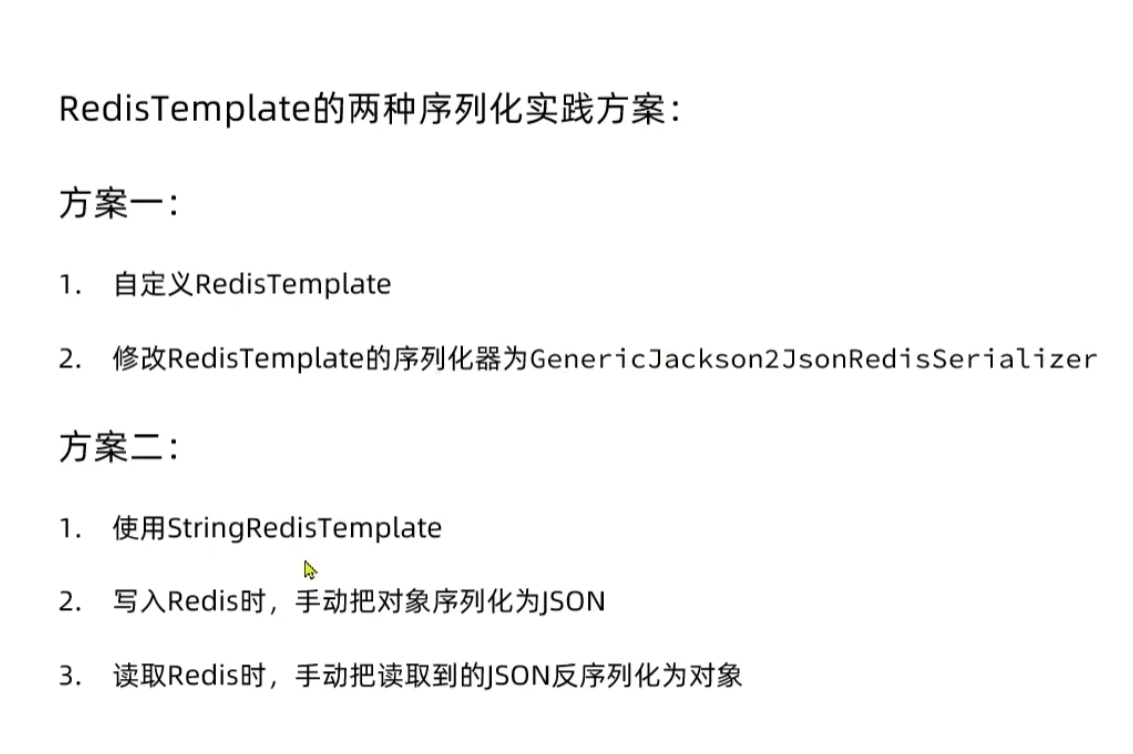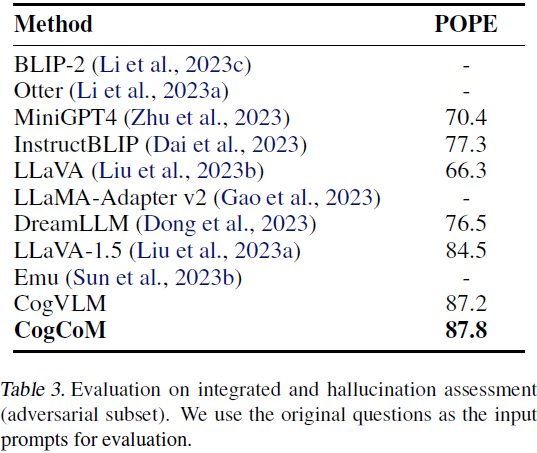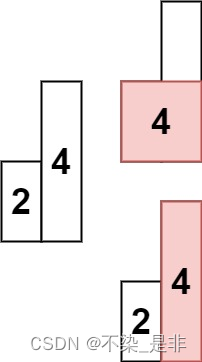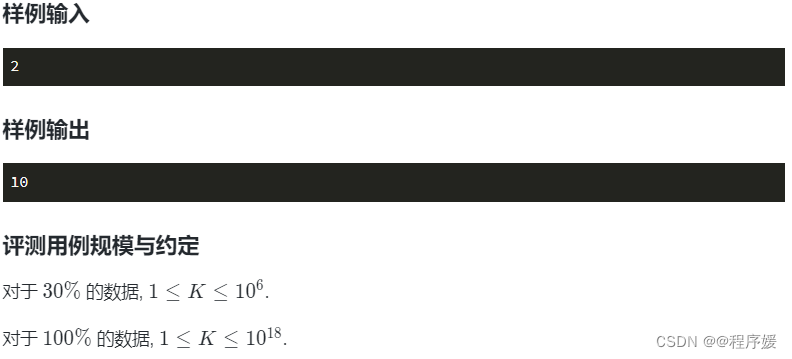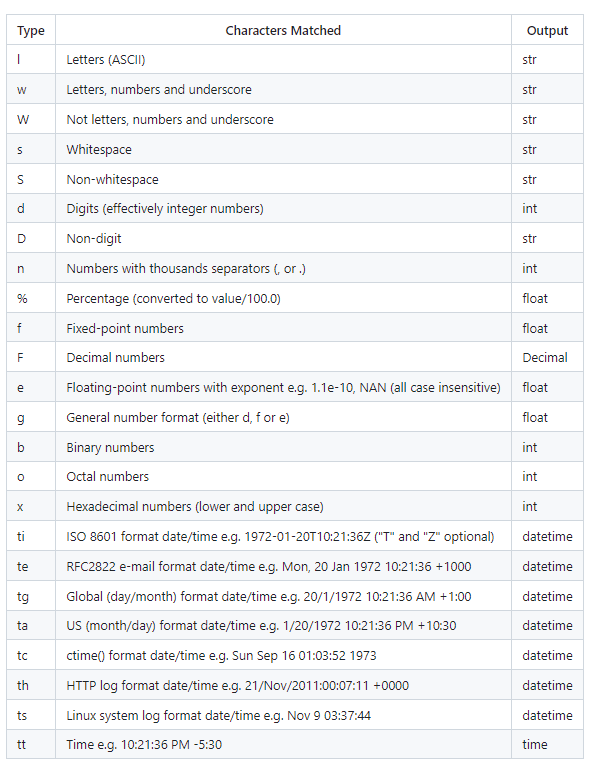一、算法描述
输入 N 个互不相同的二维整数坐标, 求这 N 个坐标可以构成的正方形数量。(内积为零的两个向量垂直)
第一行输入为 N,N 代表坐标数量,N为正整数。N <= 100
之后的 K 行输入为坐标 x y以空格分隔,x, y 为整数, -10 <= x,y <= 10
用例:
输入
3
1 3
2 4
3 1
输出
0
说明:3个点不足以构成正方形
输入:
4
0 0
1 2
3 1
2 -1
输出:1
说明:此4个点可以构成正方形
题解:
已知:正方形的两个点 (x1, y1) (x2, y2)
则:正方形另外两个点的坐标为
x3 = x1 + (y1 - y2) y3 = y1 - (x1 - x2)
x4 = x2 + (y1 - y2) y4 = y2 - (x1 - x2)
或
x3 = x1 - (y1 - y2) y3 = y1 + (x1 - x2)
x4 = x2 - (y1 - y2) y4 = y2 + (x1 - x2)
从另一位博主的文章中学到这一计算公式
原文链接:https://blog.csdn.net/qfc_128220/article/details/127417851
通过上述的公式,只要枚举两个顶点,根据这两个顶点计算出要满足正方形需要的剩下两个顶点,然后判断该顶点是否在输入的列表中是否存在,
如果都存在则方案数+1,最后所得方案数要除以4,因为一个正方形有四条边,每条边都会对这个正方形判断一次。
二、算法实现(Java)
public class CalculateSquareCount {
public static void main(String[] args) {
Scanner scanner = new Scanner(System.in);
int n = Integer.parseInt(scanner.nextLine());
String[] points = new String[n];
for (int i = 0; i < n; i++) {
points[i] = scanner.nextLine();
}
System.out.println(calculateSquareCount(n, points));
}
public static int calculateSquareCount(int n, String[] points) {
int squareCount = 0;
Set<String> pointSet = new HashSet<>(Arrays.asList(points));
for (int i = 0; i < n; i++) {
int[] pointArr1 = Arrays.stream(points[i].split(" ")).mapToInt(Integer::parseInt).toArray();
int x1 = pointArr1[0];
int y1 = pointArr1[1];
for (int j = i + 1; j < n; j++) {
int[] pointArr2 = Arrays.stream(points[j].split(" ")).mapToInt(Integer::parseInt).toArray();
int x2 = pointArr2[0];
int y2 = pointArr2[1];
// 求另外两个点
int x3 = x1 - (y1 - y2);
int y3 = y1 + (x1 - x2);
int x4 = x2 - (y1 - y2);
int y4 = y2 + (x1 - x2);
if (pointSet.contains(x3 + " " + y3) && pointSet.contains(x4 + " " + y4)) {
squareCount++;
}
// 或者另外两个点
int x5 = x1 + (y1 - y2);
int y5 = y1 - (x1 - x2);
int x6 = x2 + (y1 - y2);
int y6 = y2 - (x1 - x2);
if (pointSet.contains(x5 + " " + y5) && pointSet.contains(x6 + " " + y6)) {
squareCount++;
}
}
}
return squareCount / 4;
}
}三、运行结果

